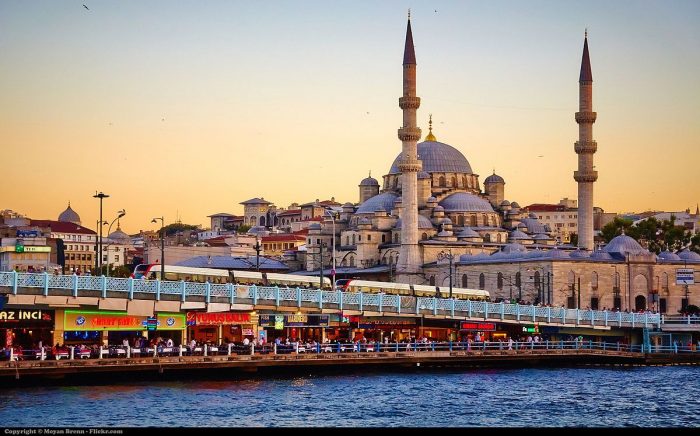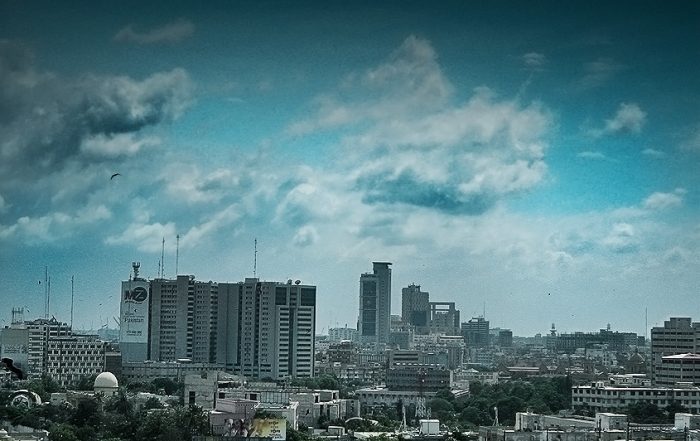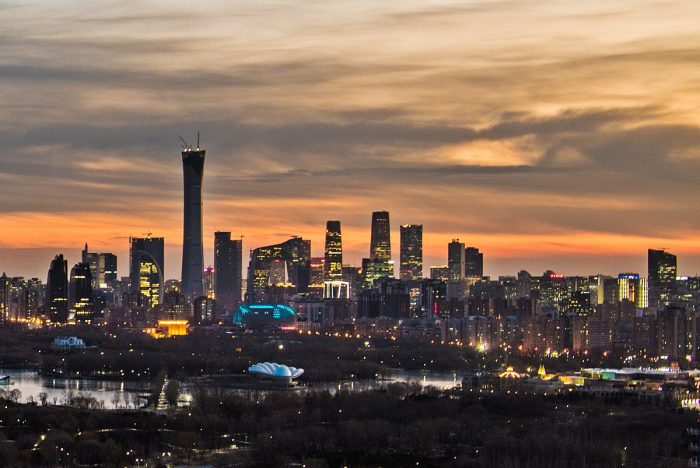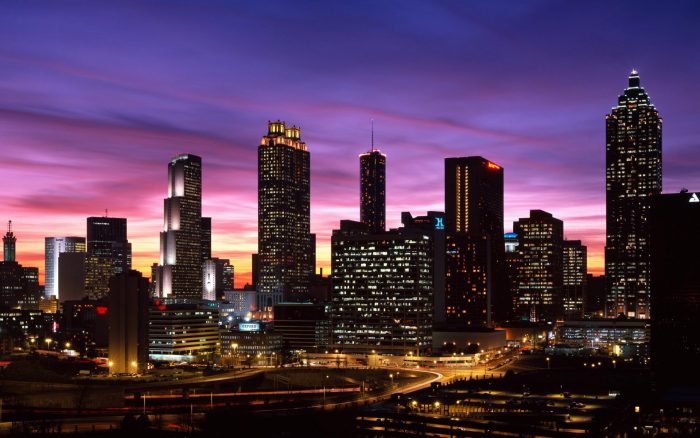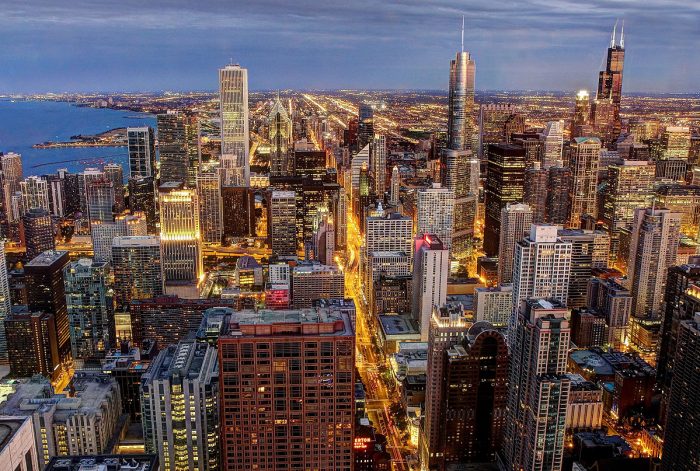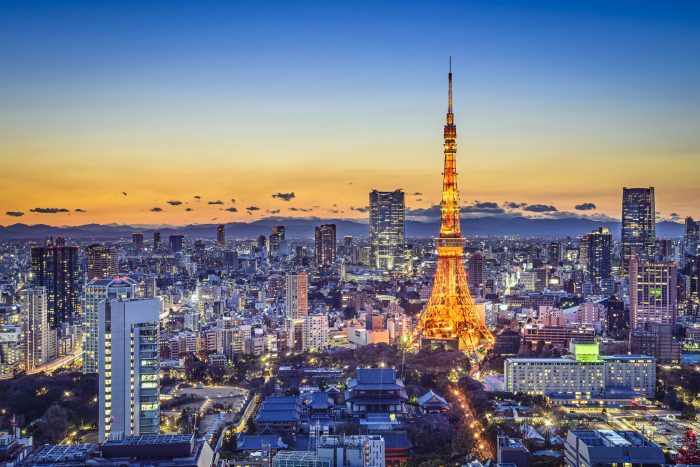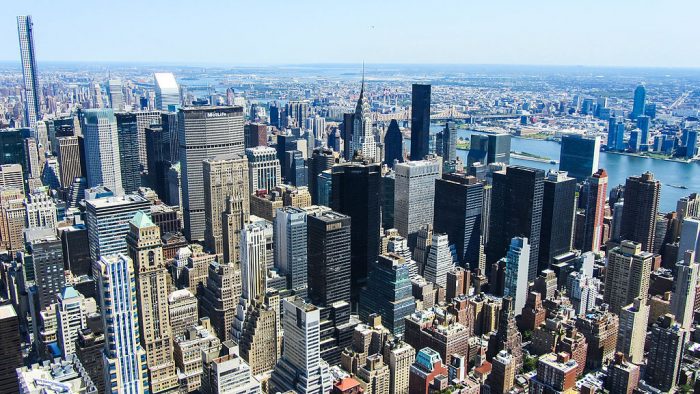
What is the biggest city in the world? The question depends on what you mean by “biggest.” “Biggest city” could mean the one with the most people or it could mean the biggest in physical size.
If we are going by population, then the largest city in the world in Shanghai, China which has over 24 million people in its city limits. If we are going by land area, the largest city in the world is New York City, New York whose land area is estimated at 8,683 sq. km. Let’s go a bit more into detail on the largest cities in the world by both population and land area.
Biggest Cities By Population
Metropolitan urban centers have popped up all over the world in the past 100 years. The economic opportunities, modern infrastructure, and cultural amenities of large cities draw inhabitants from all over the world. Most of the world’s most populous cities are located somewhere in Asia, which makes sense considering that Asia is home to over half the human population. The top 5 biggest cities by population in ascending order are:
5. Dhaka, Bangladesh – 14.5 Million
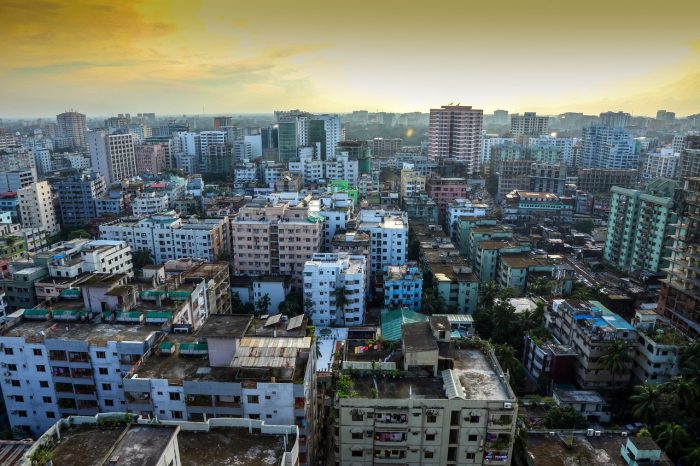
Credit: Pixabay
Dhaka is the capital of the Southeastern Asian country Bangladesh. Dhaka is situated in the middle of the country, surrounded by the Buriganga, Turag, Dhaleshwarim, and Shitalakshya rivers. Dhaka first rose to prominence in the 17th century when it served as the commercial center of the Mughal Empire until becoming part of the British Empire and then the administrative capital of East Pakistan. It became the capital of Bangladesh in 1971, the same year Bangladesh won independence from Pakistan.
Being located next to 4 major tributaries, international trade has historically been a large part of the Dhakan economy. Dhaka also has a large financial sector, although half the cities population is employed in household and unorganized labor. The population of Dhaka is predicted to reach 25 million by 2025.
4. Istanbul, Turkey – 14.6 Million
Istanbul is the largest city and cultural capital of Turkey. Istanbul is most famous for serving as the head of the Eastern Roman Empire for 16 centuries (330-1453) under the name Constantinople and as the seat of the Ottoman Empire for nearly 500 years (1453-1922).
Istanbul has historically been an economic and cultural mecca due to its strategic position between the Mediterranean and Black sea location on the Silk Road. Istanbul also controlled most of the European rail networks during the 19th and 20th century and due to its location and exotic reputation was seen by Western Europe as the “Gateway to the East.” The city’s current economy is dominated by the financial, industrial, and tourist industries.
Istanbul’s population has increased 10-fold since the 1950s due to the influx of immigrants from all over the Anatolia region. Only 28% of the city’s entire population is native to Istanbul.
3. Karachi, Pakistan – 18 Million
Karachi is the capital and largest city in Pakistan. Though people have lived in the region for over a thousand year, the modern incarnation of the city was created in 1729 under the name Kolachi. Karachi is home to the two largest ports in Pakistan and is a global hub for transport and trade.
Karachi’s economy accounts for nearly a fifth of the entire country’s GDP. Its economy is dominated by finance, media, and industry, though there is a very large informal economy that is not reflected in official GDP calculations.
Karachi is the most ethnically and religiously diverse city in the country and contains significant groups from all over Pakistan and other parts of Asia. The population of the city exploded in the 20th century after Pakistan gained independence in 1947.
The exact population figure for Karachi is controversial: many Karachiites claim that the government deliberately underestimated the population on the most recent national census in order to diminish the city’s economic and political power. Some Karachi politicians claim the city’s population is actually closer to 25 million. If these figures are accurate, then Karachi would actually be the second largest city by population in the world.
2. Beijing, China – 18.5 Million
Beijing is the capital of China and is one of the oldest cities in the country. It is one of the 4 Great Ancient Capitals of China and served as the head of many dynasties through Chinese history. Beijing has actually been the most populous city in the world for the majority of the second millennium CE and has only recently been overtaken for the number 1 spot.
Beijing has one of the largest economies in the world whose major industries are services, manufacturing, construction, agriculture, and mining. The majority of Beijing’s population is working age (14-65) and 96% percent of the population is ethnically Han Chinese. Within the past 2 years, the Chinese government has instituted plans to limit population growth in both Beijing and Shanghai by limiting housing and relocating populations to other urban areas.
1.Shanghai – 26.3 Million
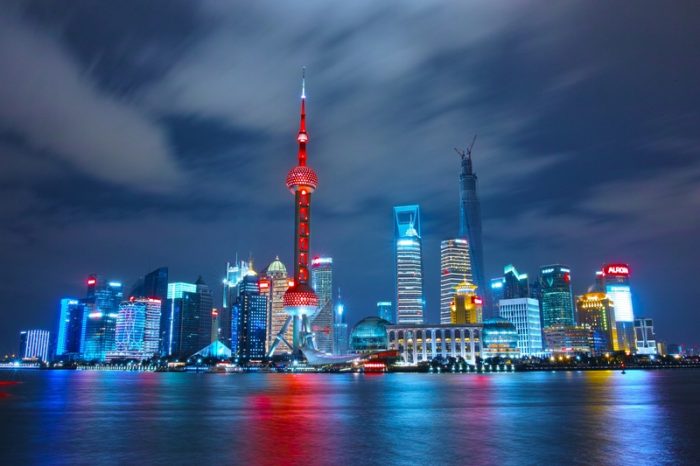
Credit: Public Domain
Shanghai is the largest city in China and the largest city in the world. Shanghai is located on the Yangtze River Delta and is one of the world’s largest shipping and transportation hubs. Shanghai has existed since the 8th century BCE and has always been an important economic and cultural center of China.
Shanghai is the commercial and financial center of China and has the 5th biggest economy in the world. It is one of the main industrial centers of China and has the single fastest growing economy of any city in China. Some studies have concluded that Shanghai has the highest quality public education system in the world but there is no universal consensus on this claim.
Only about 13% of Beijing’s population belongs to an organized religion. The majority are non-religious. Like Beijing, the Chinese government has instituted population controls in Shanghai in recent years to combat overpopulation.
Biggest Cities By Area
Defining the biggest city in the world by area can be ambiguous because physical city limits are always changing. 4 of the 5 largest cities in the world by area are in the United States, the lone exception being Tokyo, Japan. One possible reason for this trend is the vast land area of the United States makes cities tend towards sprawling, sparsely populated layouts.
5. Philadelphia, Pensylvania, USA – 4,661 sq. km
Philadelphia was founded in 1682 when the US was still a British colony. The name “Philadelphia” derives from two Greek words meaning “brotherly love” and the city was an important center for the American Revolution. Both the Declaration of Independence and Constitution were ratified at conventions in Philadelphia, and Philadelphia was the home of the nation’s first library, hospital, medical school, and stock exchange.
Philadelphia today is a major US city and has a population of 6 million. It has some of the best educational institutions in the country and is a tourist spot for those who want to see the seat of the American Revolution.
4. Atlanta, Georgia, USA – 5,083 sq. km
Atlanta is the capital of the state of Georgia and is home to more than 3.5 million people. Despite its large physical size, the city has a very low population density at only 700 people per square kilometers.
Atlanta was founded in 1837 and quickly became a transport hub for American railroads. The city was almost burned to the ground during the Civil War but sprang back and became a major city in the south. In the 50s and 60s, Atlanta was a major center for the Civil Rights movement led by Dr. Martin Luther King, Ralph Abernathy, and many more individuals. Atlanta today is home to the world’s busiest airport and has a diverse economy with several sectors.
3. Chicago, Illinois, USA – 5,498 sq. km.
Chicago is the most populous city in the American Midwest and is the third largest city in the entire US. Chicago is located on the shores of the Lake Michigan and was originally built near a portage between the Great Lakes and the Mississippi River. The current physical layout of the city was built after the Great Chicago Fire of 1871 destroyed large parts of the city.
Chicago has a very large and diverse economy, making it the 8th richest city in the world. Chicago is an important cultural center in the US and is home to many distinctly American cultural amenities.
2. Tokyo, Japan – 6,993 sq. km.
Tokyo is the capital of Japan and actually has both the second largest land area and the highest population metropolitan area at over 37 million (note that this is a different figure than city proper population). Tokyo used to be a small fishing village named Edo and was founded in the late 12th century. Tokyo became the capital of the Tokugawa shogunate in 1603 and later became the capital of the Japanese Empire in 1889 during the Meiji period.
Tokyo is both very large and very densely populated. it has a population density of 4,750 people per square kilometer. The population in the city limits grows by 2.5 million during the day as workers and students travel in from surrounding areas.
1.New York City, New York, USA – 8,683 sq. km.
New York City is often considered the largest city by land area in the world at 8,683 sq. km. New York City is also the most populous city in the US and is considered by many to be the cultural, financial, and media capital of the entire world.
New York City owes its success to being located next to one of the world’s largest natural harbors along the east coast. The city proper was founded in 1609 by the Dutch, though the region had been previously inhabited for generations by the indigenous Lenape people. The city was a major hub for immigration to the US during the 19th and 20th century and this history of immigration is reflected in the city’s ethnic and cultural diversity. NYC has some of the most well-known monuments, attractions, and neighborhoods in the world, including the Empire State Building, Broadway, Times Square, and Chinatown, which has the largest Chinese population in the Western hemisphere.




